- Product
- Solution for
For Your Industry
- Plans & Pricing
- Company
- Resources
For Your Industry
In today’s urban lifestyle, convenience and speed are paramount. People spend significantly more than previous generations and can’t afford to waste money. Thus, no one buys a product without first comparing prices online.
Traditional mom-and-pop stores, while nostalgic, don’t meet the needs of modern consumers. Ecommerce, however, offers the convenience and efficiency required, including an easy price comparison process. This has led to ecommerce flourishing and reshaping our purchasing behaviors.
To optimize our spending, we often compare prices before making a purchase decision. Let’s explore this process in more detail.

Imagine you’ve decided to buy a Harman Kardon Onyx Studio 4. The first thing you’ll want to know is the price. Since these products are identical across various websites, the deciding factor becomes the price. It’s no wonder 85% of consumers research online before making a purchase.
With numerous options available, price comparison websites come to the rescue. Tools like Google Shopping, PriceGrabber, Shopping.com, and Shopzilla help consumers find the best prices quickly and easily. Additionally, apps like Shopular track favorite stores and notify users of promotions or discounts.
In today’s price-sensitive market, it’s crucial to monitor competitor prices. Setting prices too high can drive potential customers away, while pricing too low can result in minimal profit margins. This leaves competitors with more resources for innovation and marketing, weakening your competitive edge.
Mistake 1: Ignoring Competitor Prices
Surprisingly, many online retailers fail to check competitor prices, often overpricing their products. This is especially problematic during seasonal sales when most stores offer discounts. Retailers who don’t track competitors’ prices risk losing customers. For example, if five stores sell sneakers and only one fails to track competitor prices, it will fall behind during a sale.
Mistake 2: Inadequate Price Setting by SMBs
Large companies use extensive data to set prices, but SMBs often lack this information, leading to inaccurate pricing. Instead of ignoring market trends, regularly monitor product reviews to understand customer preferences. Reading competitor reviews can also provide valuable insights. If you don’t have a review section, consider adding one.
Mistake 3: Price Discrepancies
A common technical issue is the discrepancy between a product’s price on a website and what appears on a comparison shopping engine (CSE). This can deter customers. If CSEs import data from your website, contact their support to resolve any issues. If you upload data manually, ensure timely updates to maintain accuracy.
To further improve your price comparison strategy and stay ahead of the competition, consider the following additional tips:
Dynamic Pricing Tools
Implement dynamic pricing tools that adjust prices in real-time based on market demand, competitor prices, and other factors. This ensures your prices remain competitive while maximizing your profit margins.
Price Monitoring Software
Choose a price monitoring software like tgndata (You can start now for FREE) to continuously track competitors’ prices. These tools provide insights into pricing trends and help you make informed decisions.
Transparent Pricing
Ensure that your pricing is transparent and consistent across all platforms. Unexpected price changes can lead to customer distrust and abandoned carts.
Customer Reviews and Ratings
Encourage customers to leave reviews and ratings on your products. Positive reviews can justify higher prices, while negative feedback can highlight areas for improvement.
User-Friendly Website
A seamless and intuitive website experience can enhance customer satisfaction. Make it easy for customers to find products, compare prices, and complete their purchases.
Promotions and Discounts
Regularly offer promotions and discounts to attract price-sensitive customers. Flash sales, seasonal discounts, and loyalty programs can drive traffic and boost sales.
SEO and SEM
Optimize your website for search engines (SEO) and invest in search engine marketing (SEM) to increase visibility. Appearing at the top of search results can significantly impact consumer behavior.
Social Media Engagement
Use social media platforms to engage with customers and promote your products. Social media can drive traffic to your website and increase brand loyalty.
Industry News and Reports
Stay updated with the latest industry news and market reports. Understanding emerging trends can help you anticipate changes in consumer behavior and adjust your pricing strategy accordingly.
Competitor Analysis
Regularly conduct a SWOT analysis (Strengths, Weaknesses, Opportunities, Threats) of your competitors. This provides a comprehensive view of their strategies and helps you identify opportunities for improvement.
Product Differentiation
Consider offering unique features or services that set your products apart from competitors. This can reduce the direct price comparison and increase perceived value.
Customer Feedback
Actively seek and respond to customer feedback. This can provide valuable insights into their needs and preferences, allowing you to tailor your offerings accordingly.
Technology Adoption
Adopt new technologies to enhance your ecommerce operations. Augmented reality (AR), virtual reality (VR), and artificial intelligence (AI) can improve customer engagement and streamline the shopping experience.
In the competitive world of ecommerce, effective price comparison is crucial for success. By avoiding common mistakes and implementing strategic measures, you can ensure your business remains competitive and profitable. Remember:
By following these guidelines, you can optimize your pricing strategy, attract more customers, and achieve long-term success in the ecommerce market.
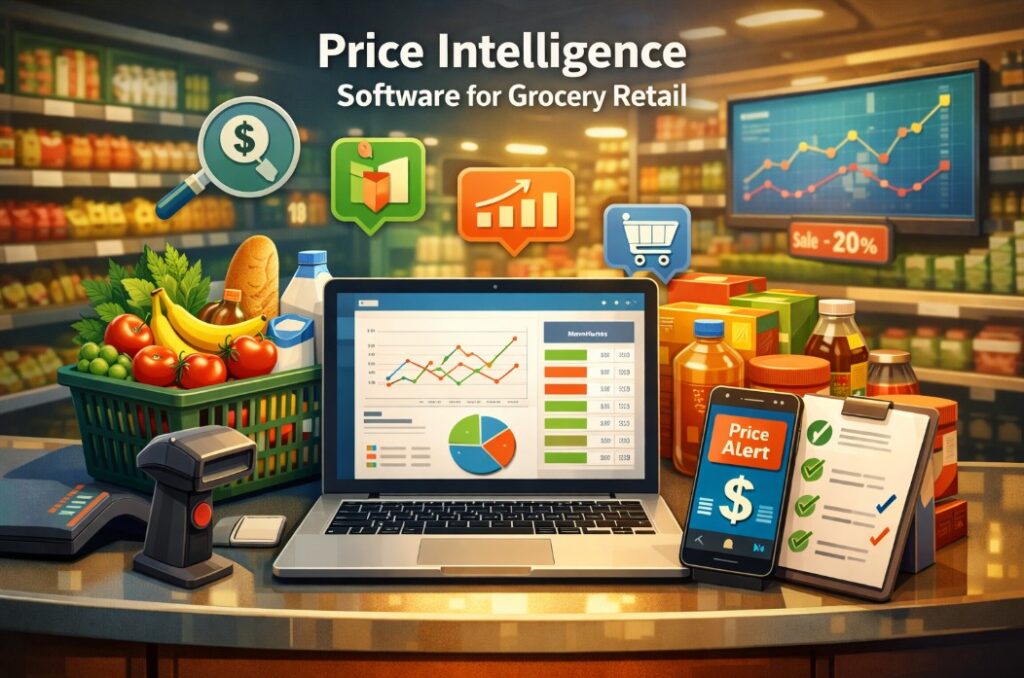
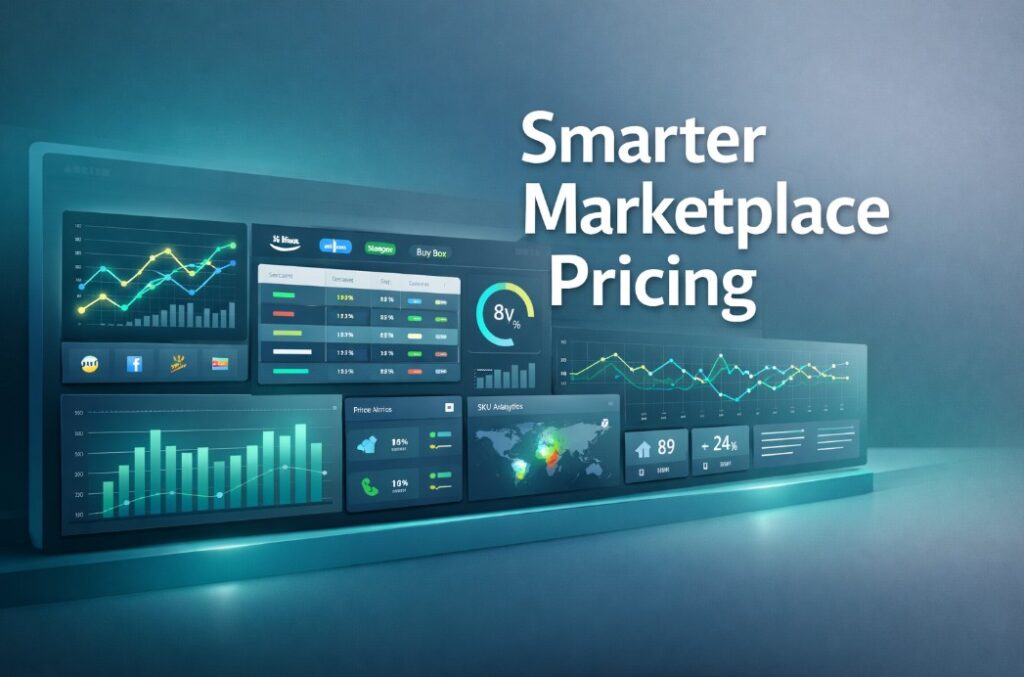
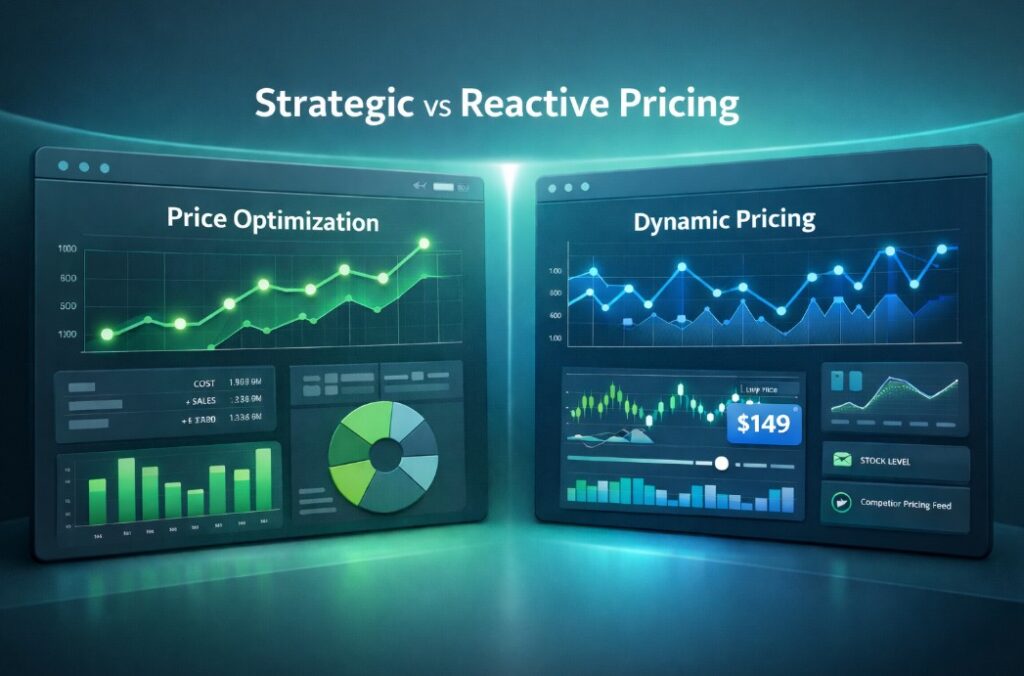
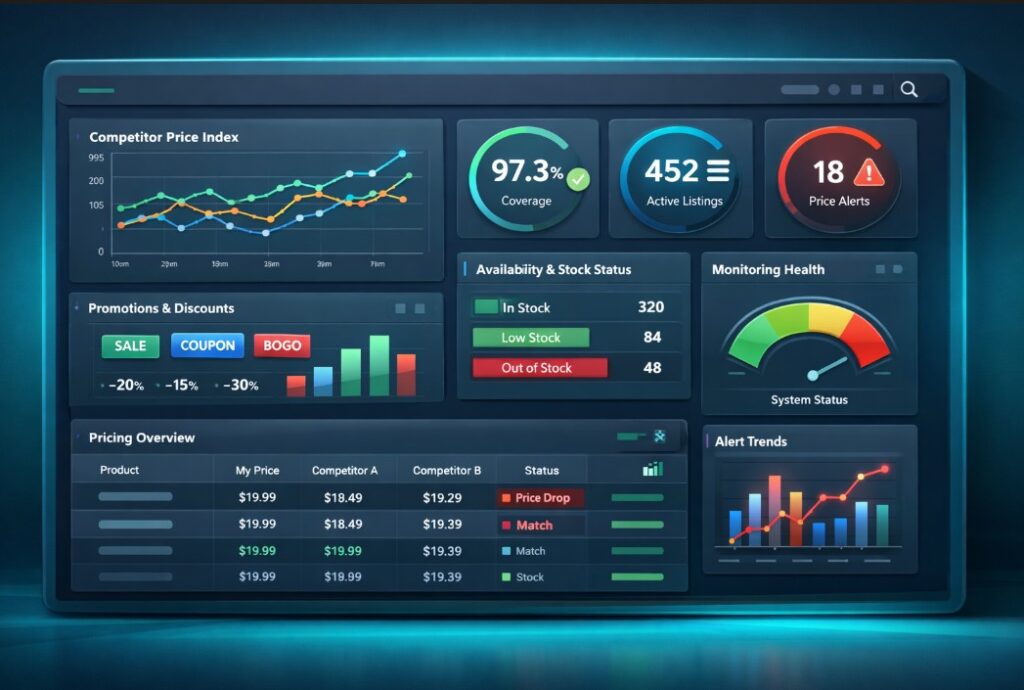
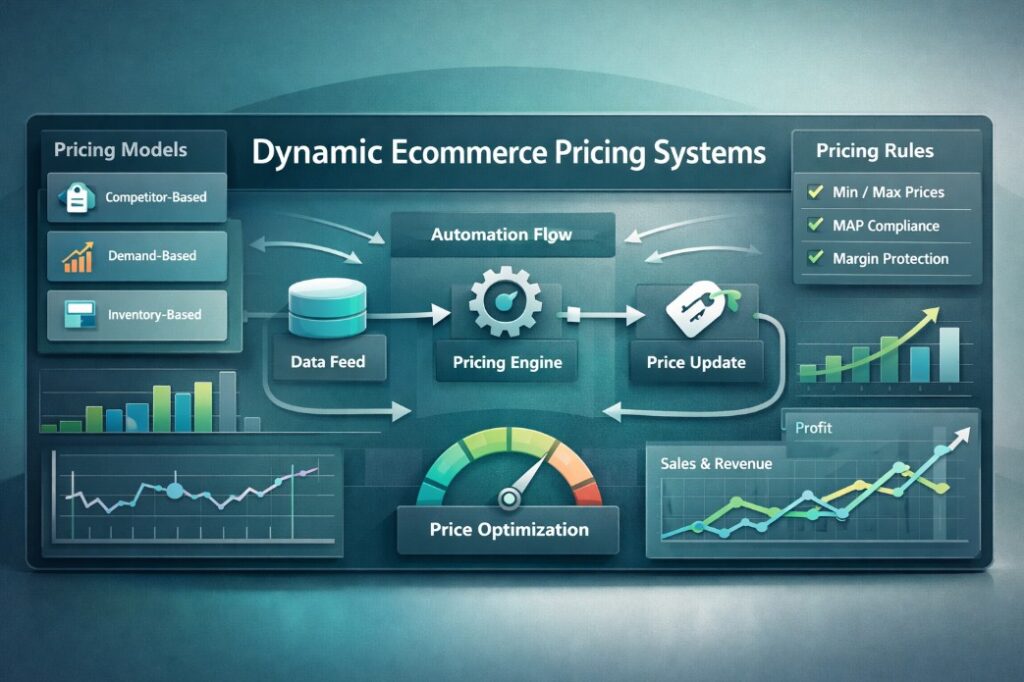
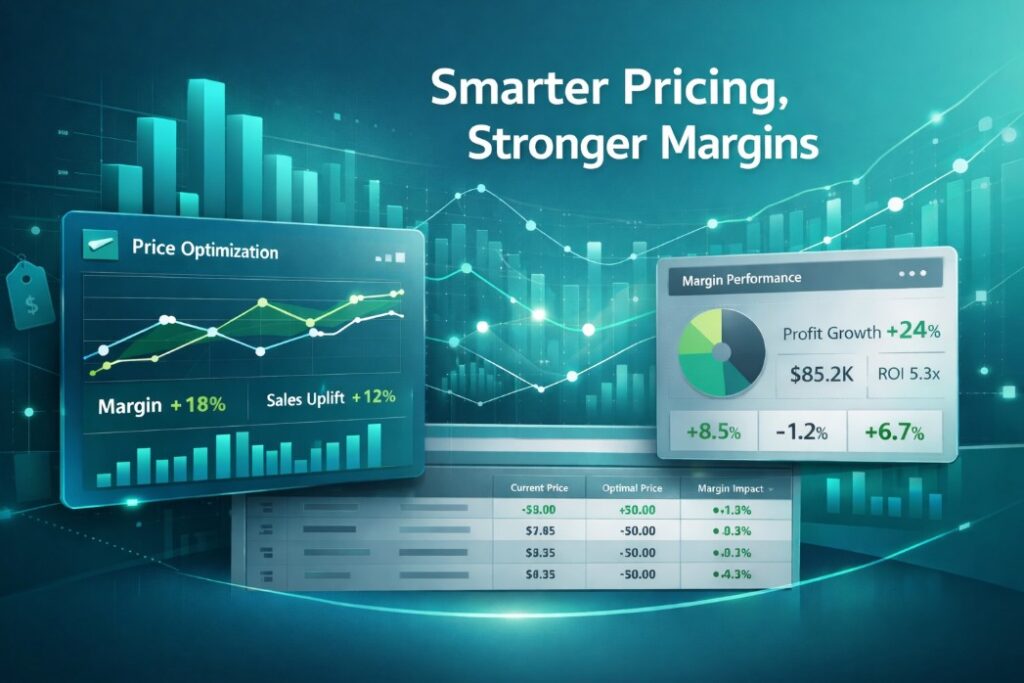
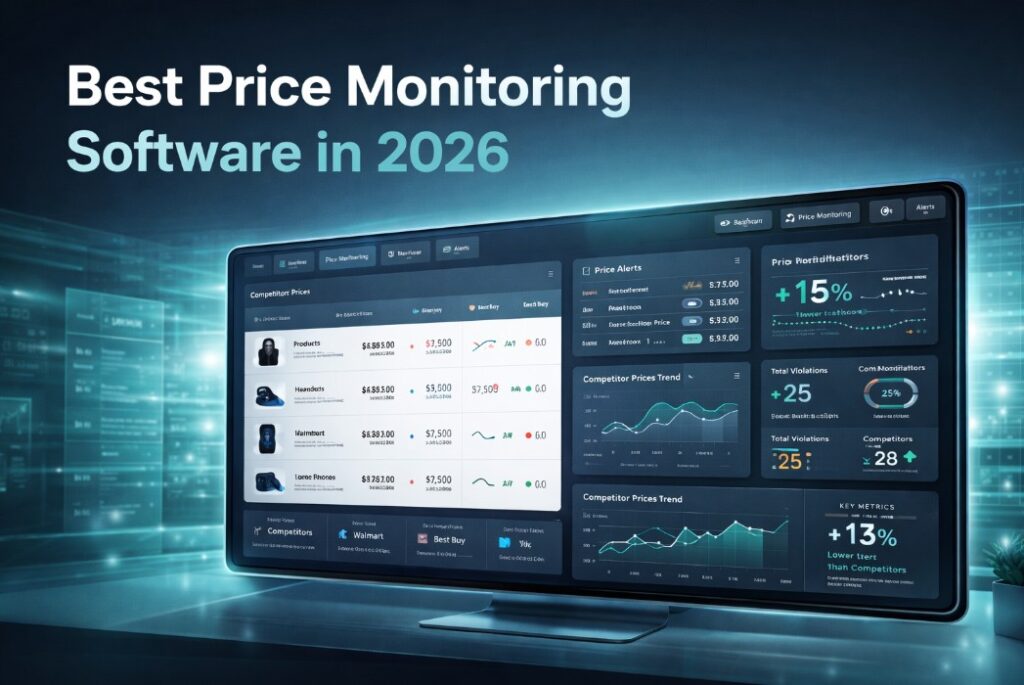






Missing an important marketplace?
Send us your request to add it!